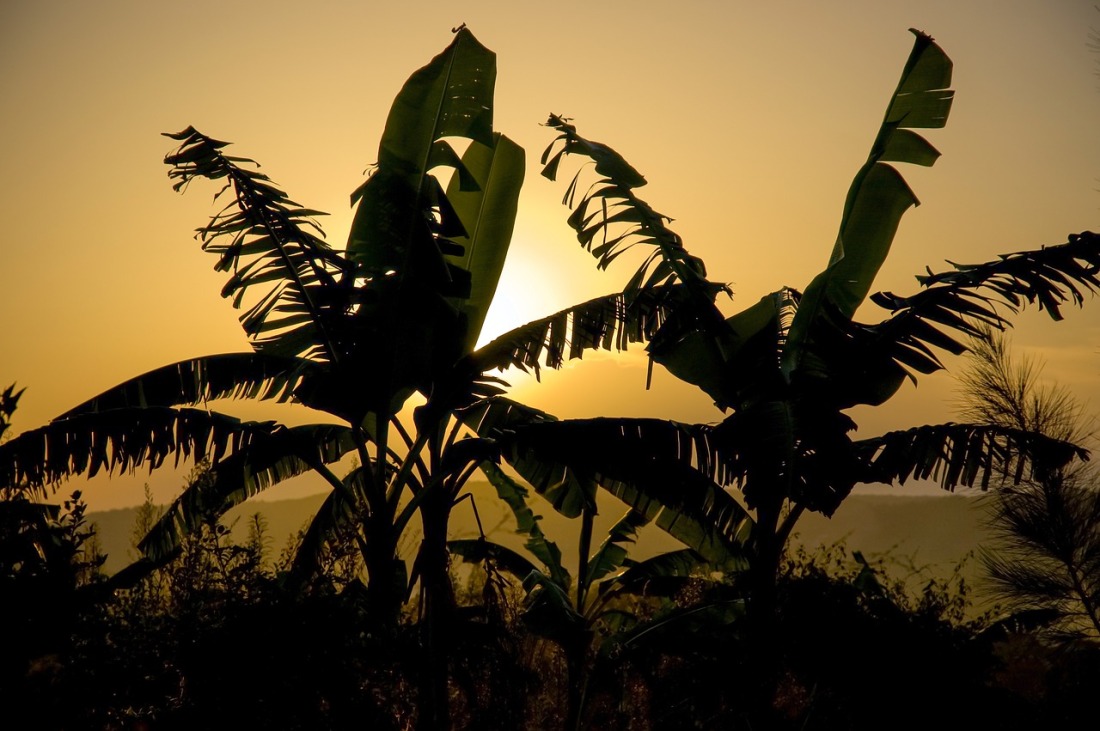November 28, 2019
He was not old by Japanese standards of the 17th century. The Tokugawa shogunate had established peace and tranquility throughout the land. One could expect live to a Biblically allotted time span of 70 years.
But Matsuo Bashō died young, at the age of 50, perhaps worn out by his many travels, the journeys that made him famous.
In this early death, he resembled other famous writers including the Chinese Tang dynasty poet Du Fu, who died at 58; English playwright, William Shakespeare, who died at the age of 52; or the American poet, Edna St. Vincent Millay, who also died at the age of 58. She, explaining in a poem the nearness of death, wrote that:
My candle burns at both ends; it will not last the night; but ah, my foes, and oh, my friends – it gives a lovely light!
Bashō’s Final Journey
Today, November 28, 1694, marks the 325th anniversary of the death of Japan’s greatest haiku poet, Matsuo Bashō. He must of anticipated his death for he made a final journey home in the fall of 1694. Having spent time in Ueno, his birthplace, and Kyoto, where he spent time as a student, he arrived in Osaka, where he took ill.
One final haiku:
Stricken on my journey
My dreams will wander about
On withered fields of grass
Tabi ni yande/ Yume wa kareno wo/ Kakemeguru
旅に病んで 夢は枯野を かけ廻る
Bashō’s Final Illness
The news of his illness had spread to friends and students. And they gathered around his bed as his spirit left to wander this world. The image was one that was familiar to Basho, for he had often attended the Noh (能) theaters in Edo and, no doubt, in Kyoto where he learned the art of haiku as a student. Noh theater is a peculiar Japanese art form, popularized by Zeami Motokiyo, that includes only male actors who wear masks to represent emotions and typecast figures. Noh drama includes music, physical expression, and dance. The stories often relate to dreams, supernatural worlds, ghosts and spirits.
Life is a lying dream, he only wakes who casts the world aside.
Zeami Motokiyo (1363-1443).
Bashō’s Dream
In an earlier haiku (June 29, 1689), Bashō alluded to a well-known Samurai figure, Minamoto no Yoshitsune who was treacherously killed in battle by the last Fujiwara lord, and the subject of a Noh play,
summer grass
and a warrior’s dreams
are what remains
natsukusa ya/ tsuwamono domo ga/ yume no ato
夏草や 兵どもが 夢の跡
Bashō’s Burial
Matsuo Bashō wanted companionship on his wanderings in the spirit world; and in accordance with his last wishes, his body was taken to Gichuji Temple, near the banks of Lake Biwa, where he was buried next to the famed Samurai Minamoto no Yoshinaka.
Yasuraka ni nemuru
安らかに眠る
Rest in peace!

Thanks so very much for your Nvember 28th tribute!
________________________________
LikeLike